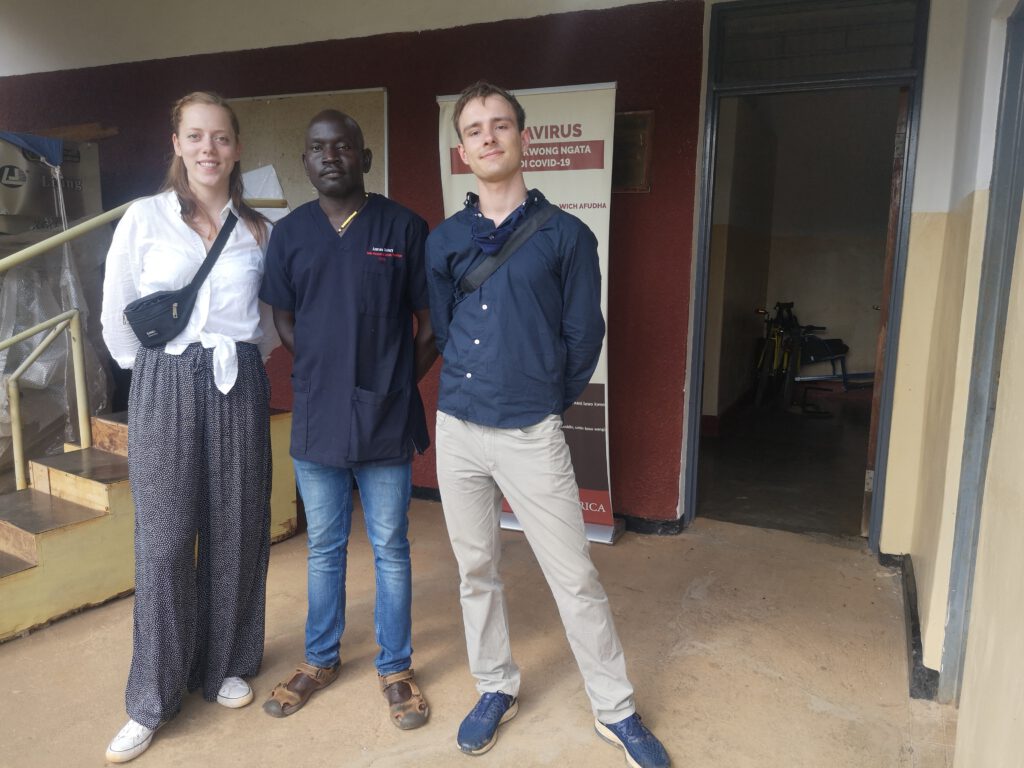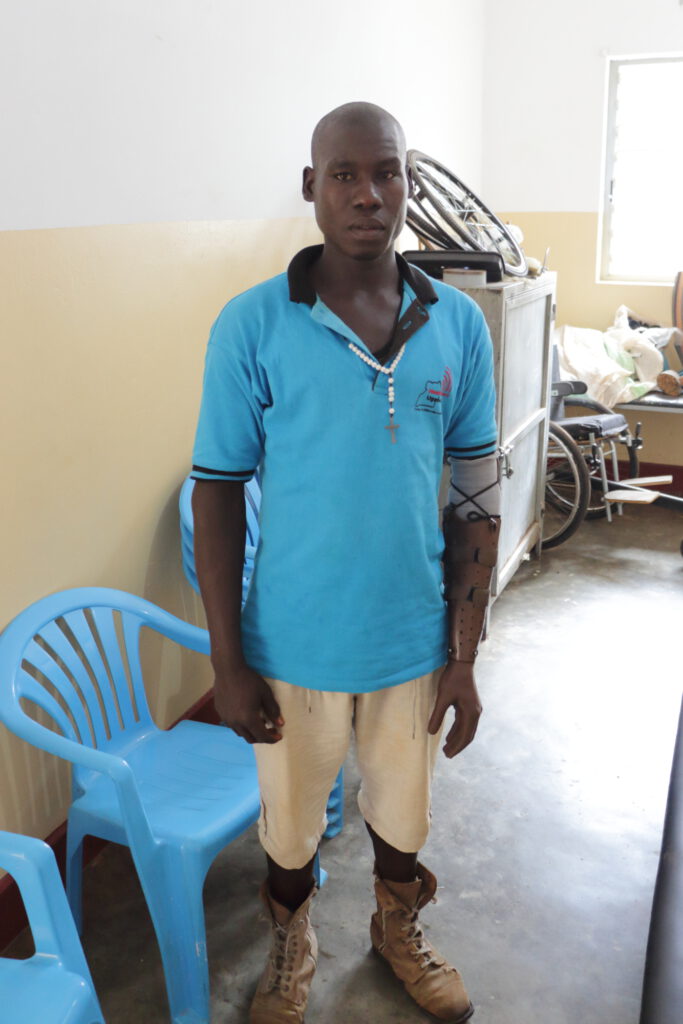On the 16th of April our group of four split up and two members went to visit the orthopedic workshop at Gulu hospital in the north of Uganda. We aim to enable more partners in Uganda to produce our prostheses independently. The goal is an evenly distributed access to prosthetic care across the whole country. In comparison to Kampala, Gulu is less busy and has way better infrastructure. The hospital is the largest we visited this year and is still too small for the number of patients that seek medical care. The workshop itself has 9 employees and over 300 people on the waiting list for just a new lower limb prosthesis.

We introduced our system and especially the fitting of our prosthesis. Furthermore, the staff in Gulu measured two patients with the help of an instruction manual and send us the data beforehand. We then printed their individualized prosthesis and brought them with us to Gulu. During the next day, the staff fitted the prosthesis to the first patient under our supervision and gave it the final touch with some brown leather coating and padding. They are very interested in future collaboration and are looking forward to seeing us again.


The northern region of Uganda was highly affected by the civil war. The now oldest still working orthopedic technicians in the country founded it back then. They mostly take care of lower limb amputees and rarely upper limb amputees, because the protheses costs are 5 to 10 times higher than a leg prosthesis depending on functionality. After being sceptical at first, they were more than satisfied with the outcome. It convinced them with its lighter weight, faster fitting, and less workload. And for most patients, functionality has not the highest impact. They want to feel “complete” and “normal” again, as one patient put it. So, they get treated like “normal” people with new opportunities. Functional upper limb prostheses look very robotic and need regular charging, which often cannot be provided on the county side. Therefore, the demand for cosmetically pleasing prostheses with long duration is higher in rural settings

